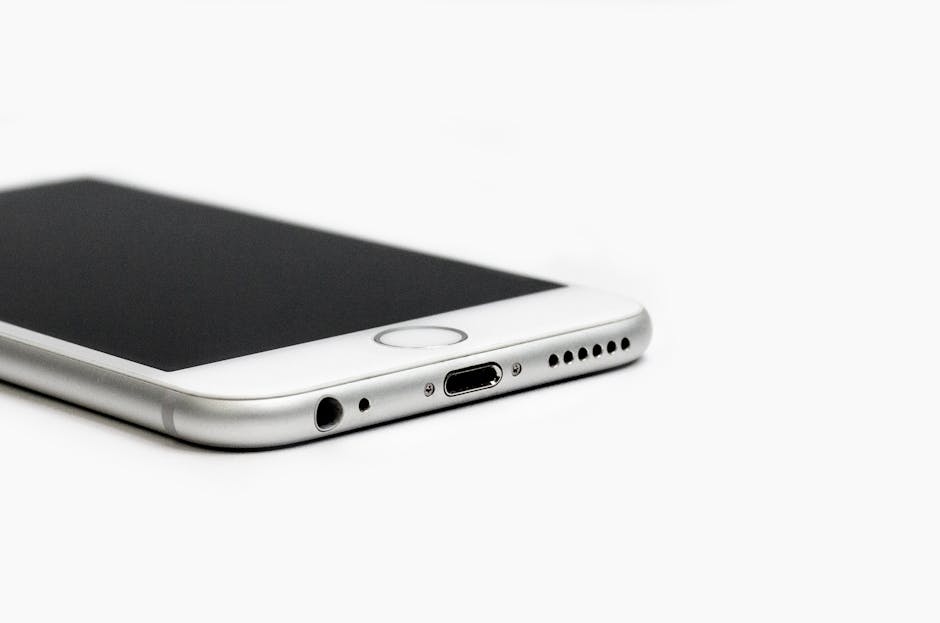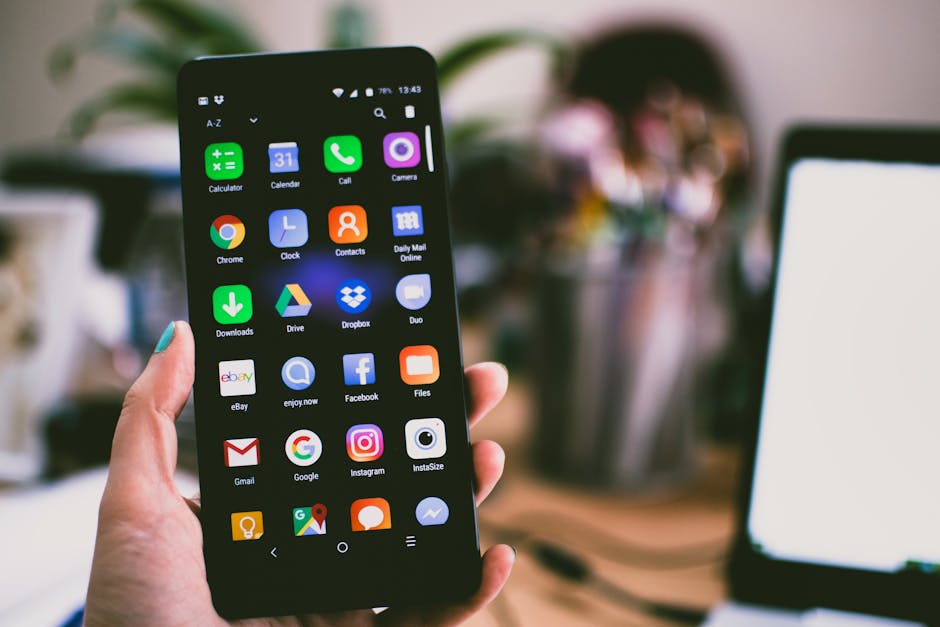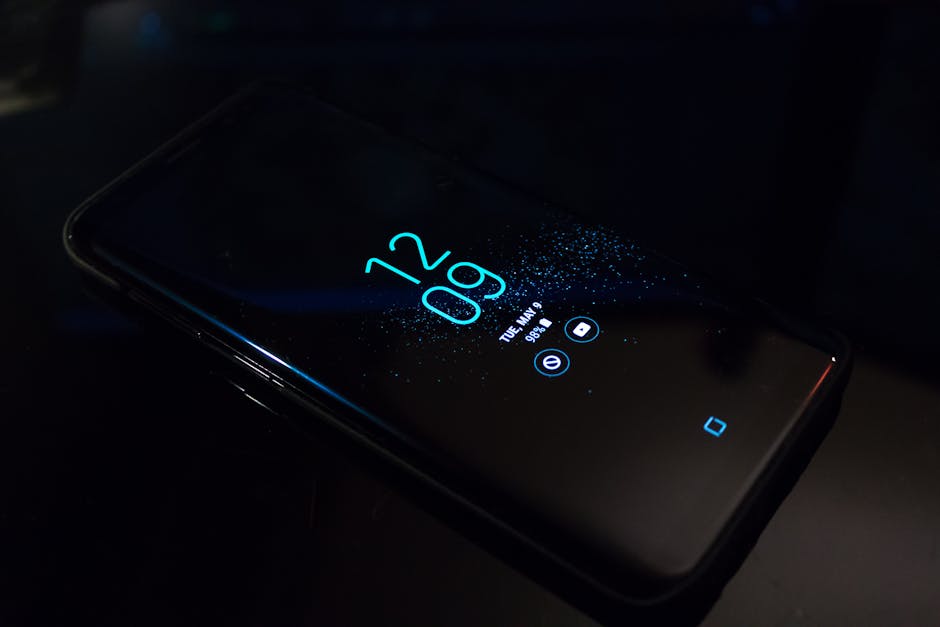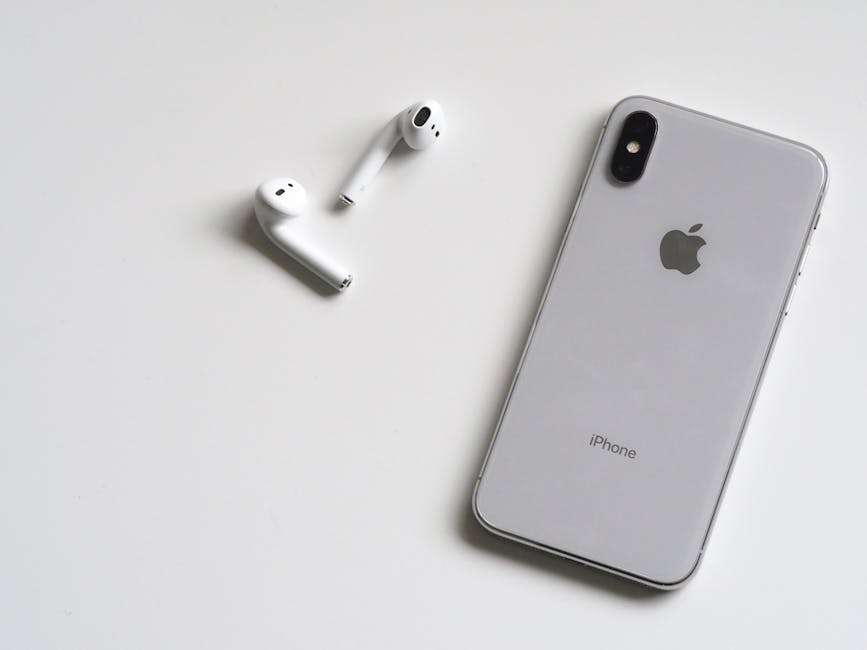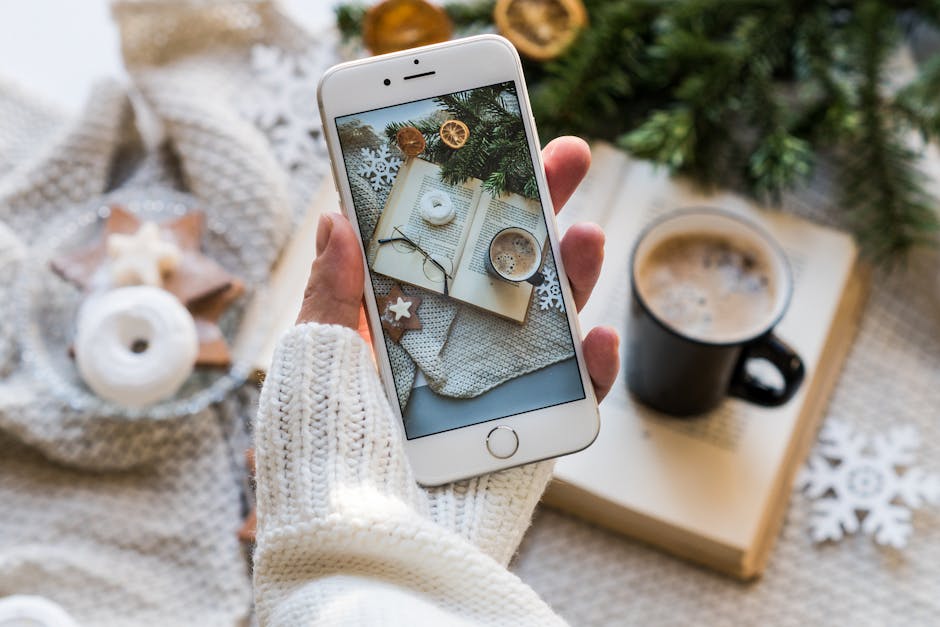Making the leap from iPhone to Android can feel daunting. You’re likely worried about losing precious photos, important contacts, and cherished memories. Fear not! This comprehensive guide will walk you through the process of transferring your data seamlessly, ensuring a smooth transition to your new Android device. We’ll cover everything from contacts and photos to apps and even your WhatsApp chats, giving you the confidence to embrace the Android ecosystem.
Preparing for Your Android Migration: Before You Begin
Before diving headfirst into the transfer process, a little preparation can save you a lot of headaches later. Backing up your iPhone and understanding your storage limitations are crucial first steps.
Backing Up Your iPhone Data
The most important step is backing up your iPhone. This ensures that even if something goes wrong during the transfer, your data remains safe. There are two primary methods:
iCloud Backup: This is the simplest option. Go to Settings > [Your Name] > iCloud > iCloud Backup and tap “Back Up Now.” Ensure you are connected to Wi-Fi. iTunes/Finder Backup: Connect your iPhone to your computer and open iTunes (or Finder on macOS Catalina and later). Select your device and click “Back Up Now.” Choose to encrypt your backup for added security.
Understanding Storage on Your New Android
Before transferring data, check the available storage on your new Android phone. If your iPhone is packed with photos and videos, you might need to consider a phone with ample storage or utilize cloud storage solutions. This prevents frustrating errors during the transfer process.
Transferring Contacts, Calendars, and Email
Contacts, calendars, and email are essential for staying connected. Luckily, transferring these is relatively straightforward.
Syncing Contacts and Calendars with Google
The easiest method is to sync your iPhone contacts and calendars with your Google account:
- On your iPhone, go to Settings > Mail > Accounts > Add Account.
- Select “Google” and enter your Gmail address and password.
- Enable “Contacts” and “Calendars” and tap “Save.”
Your contacts and calendars will now automatically sync with your Google account and appear on your Android device once you sign in with the same Google account.
Importing Contacts from iCloud (if needed)
If you don’t use Google Contacts or have contacts only stored in iCloud, you can export them as a vCard (.vcf) file:
- Go to iCloud.com and sign in.
- Click on “Contacts.”
- Select all contacts you want to export (or click the gear icon and select “Select All”).
- Click the gear icon again and select “Export vCard.”
- Email the .vcf file to yourself and open it on your Android phone. This will import the contacts.
Moving Photos and Videos: Preserving Your Memories
Photos and videos often represent the largest portion of data when transferring from iPhone to Android. Several options exist, each with its pros and cons.
Google Photos: The Cloud Solution
Google Photos offers a convenient and free (up to 15GB, shared with other Google services) cloud-based solution.
- Download and install the Google Photos app on your iPhone.
- Sign in with your Google account.
- Enable “Backup & Sync” and choose your upload size (Original Quality or Storage Saver).
- Allow Google Photos to upload all your photos and videos.
Once uploaded, you can access them from the Google Photos app on your Android device. Consider purchasing additional Google One storage if you exceed the free limit.
Using a Computer for Direct Transfer
For a more direct approach, you can transfer photos and videos using a computer:
- Connect your iPhone to your computer.
- Your computer should recognize the iPhone as an external drive.
- Navigate to the DCIM folder (usually multiple folders).
- Copy the photos and videos to a folder on your computer.
- Connect your Android phone to your computer.
- Copy the photos and videos from your computer to your Android phone’s storage (ideally into a designated “Photos” folder).
This method is faster for large transfers and doesn’t rely on an internet connection.
Transferring Photos with Third-Party Apps
Several apps exist that streamline the photo transfer process, offering features like selective transfer and automatic organization. Research and choose a reputable app based on user reviews and features.
Migrating Apps and App Data
While you can’t directly transfer iOS apps to Android, you can find equivalent apps on the Google Play Store.
Finding Android Equivalents
Many popular iOS apps have Android counterparts. Search for the apps you use regularly on the Google Play Store and download them. Remember that some apps may require a separate purchase.
Transferring App Data (Where Possible)
Unfortunately, transferring app data directly between iOS and Android is often impossible due to different operating systems and app architectures. However, some apps offer cross-platform syncing through their own accounts (e.g., notes apps, password managers, cloud storage services). Check if your frequently used apps offer this feature.
WhatsApp Transfer: A Special Case
Transferring your WhatsApp chat history from iPhone to Android used to be a major pain point. However, recent updates have made it possible, although it requires specific tools and steps. The most reliable method involves using the Samsung Smart Switch app (if you are switching to a Samsung device) or dedicated third-party software designed for WhatsApp transfer. Follow the instructions provided by these tools carefully. This process generally involves creating a backup on your iPhone and restoring it on your Android device through a wired connection.
Dealing with Music, Books, and Other Media
Transferring music, books, and other media depends on how you acquired them.
Music
Streaming Services: If you use streaming services like Spotify or Apple Music, simply download the apps on your Android device and sign in with your account. Your playlists and library will be available. Purchased Music: If you purchased music from iTunes, you can download it again on your computer and transfer the files to your Android device using a USB cable. Google Play Music (now YouTube Music) also allows you to upload your own music.
Books
Kindle: If you use Kindle, download the Kindle app on your Android device and sign in. Your books will be available. Apple Books: Apple Books are DRM-protected and cannot be directly transferred to Android. You might need to repurchase them or find alternative versions on the Google Play Books store.
Other Media
For other media files like documents and videos, use cloud storage services like Google Drive or Dropbox, or transfer them directly using a USB cable.
Final Touches: Setting Up Your New Android Phone
Once the data transfer is complete, take some time to personalize your new Android phone. Explore the settings, customize the home screen, and discover the unique features that Android offers. Don’t be afraid to experiment and make the phone your own.
Switching from iPhone to Android can be a rewarding experience. By following these steps and taking your time, you can ensure a smooth transition and enjoy all the benefits of your new Android device. Embrace the change, explore the Android ecosystem, and enjoy your new mobile experience!
